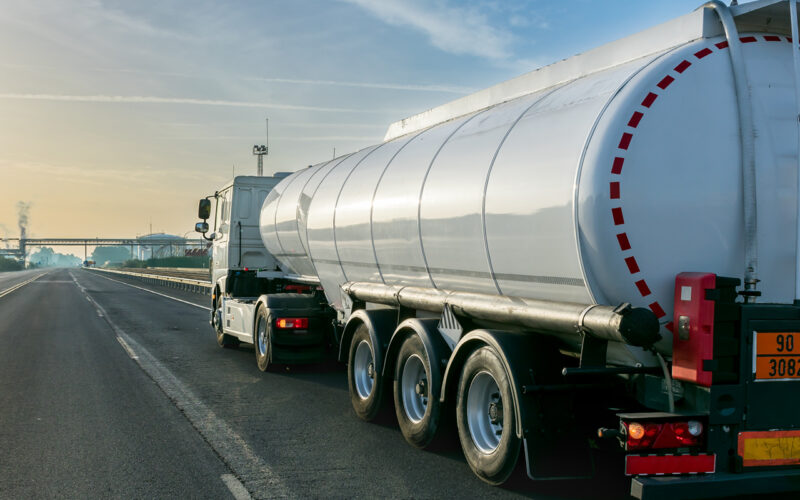
In the transport industry, special tankers, otherwise known as cisterns, are used for transporting food, waste and chemicals. The contents of a tanker can be liquids, gases or fluids. It is extremely important to systematically clean the inside of the tank from impurities. If residues from the previous cargo get into a new transport load, it may endanger health and spoil the quality of the products.
Tankers are among the vehicles belonging to the so-called transport industry. They are used for loading liquid substances such as milk, chocolate and edible oil as well as gases and solids. One can classify five types of tank vehicles: mobile, detachable, fixed, hermetically sealed and containers.
The systematic cleaning of tankers is a very important activity, especially in the transport of food products. The cleanliness of a tanker can have a crucial impact on consumer health. The second type is the chemical tanker, where poor cleaning could be an environmental risk as well.
The process used to wash tankers is a little different from a normal visit to a car wash with a passenger car. It is not only the price that changes, but also the time and the type of tasks carried out and the cleaning agents used.
The first step is to fill in a detailed form, which should include the date and time of arrival, the name of the company, the registration number of the truck tractor and the tanker as well as other information about the vehicle with a description of additional elements that should be washed, such as hoses, pump, compressed air system, number of chambers and containers.
Sometimes the cleaning of a food tanker requires seals to be affixed to secure the goods being transported. Depending on preference, the tanker driver may sign an order to perform a leak test on each chamber. During this test, pressure is built up using a pump with a manometer and the tightness of the tank and valves is checked. The test is concluded with a certificate of the tanker’s tightness.
It is very important to specify in the form which product was in the tanker and which will be reloaded into it. This information is very important due to the characteristics of the new goods.
Some substances should be loaded into a wet tanker. In this case, leaving a little bit of water after washing the tanker will make the process of loading new goods much easier. On the other hand, dry products such as flour and sugar must be in a thoroughly drained barrel. Another requirement is that the container must be cold or hot.
By ticking this point while filling the form, the tanker can be fully prepared and ready for loading immediately after washing.
The time for disinfecting and washing the tanker depends on the goods to be transported. In case of substances that are difficult to clean, such as resin or glue, the time may extend to several days. In this case, it will be necessary to use special agents, more time and even strength to manually remove the impurities. Other factors that affect the time spent at the carwash are the number of people in the queue and the skills and knowledge of the staff of the chosen carwash.
The product to be transported has a key impact on the price of tanker cleaning. This is because each substance to be transported has different chemical properties, which are deposited inside the tanker during transport. Their removal may require different cleaning agents and a different amount of time. Depending on the quality of the goods, the amount paid for the cleaning of tankers will vary.
In case of food tankers, the cheapest way is to wash the silos after transporting dry products such as sugar, flour and wheat. These are followed by liquid products such as milk, juice, wine and oil. The most expensive substance to transport is chocolate and cocoa pulp.
Sometimes the contamination of tankers can be very difficult to clean. In this case, the following additional services can be useful: acid treatment; tank cleaning and scraping; product heating; tank cleaning in DPPL – IBC 10001; external kit cleaning and cold store cleaning.
Tanker cleaning is concluded with the issuing of a tank cleanliness certificate, which allows the goods to be reloaded. The thorough internal cleaning prevents the new cargo from being contaminated with residues from the previous unloaded cargo. If the tanker driver does not have this certificate, any further work related to loading and transportation of the goods will be impossible.
 Slovakia
Slovakia
J&P TANK WASH s.r.o.
GPS
48°08'15.8"N 17°11'21.7"E
tel./fax: tel./fax: +421 245 521 714
mobil +421 911 254 833
email: bratislava@tankwash.eu
 Czech Republic
Czech Republic
Tank Wash s.r.o.
 Poland
Poland
Tank Wash sp. z o.o.
(C) 2022 Copyright Tank wash trading company. All rights reserved. Design: Agencja Reklamowa ROXART